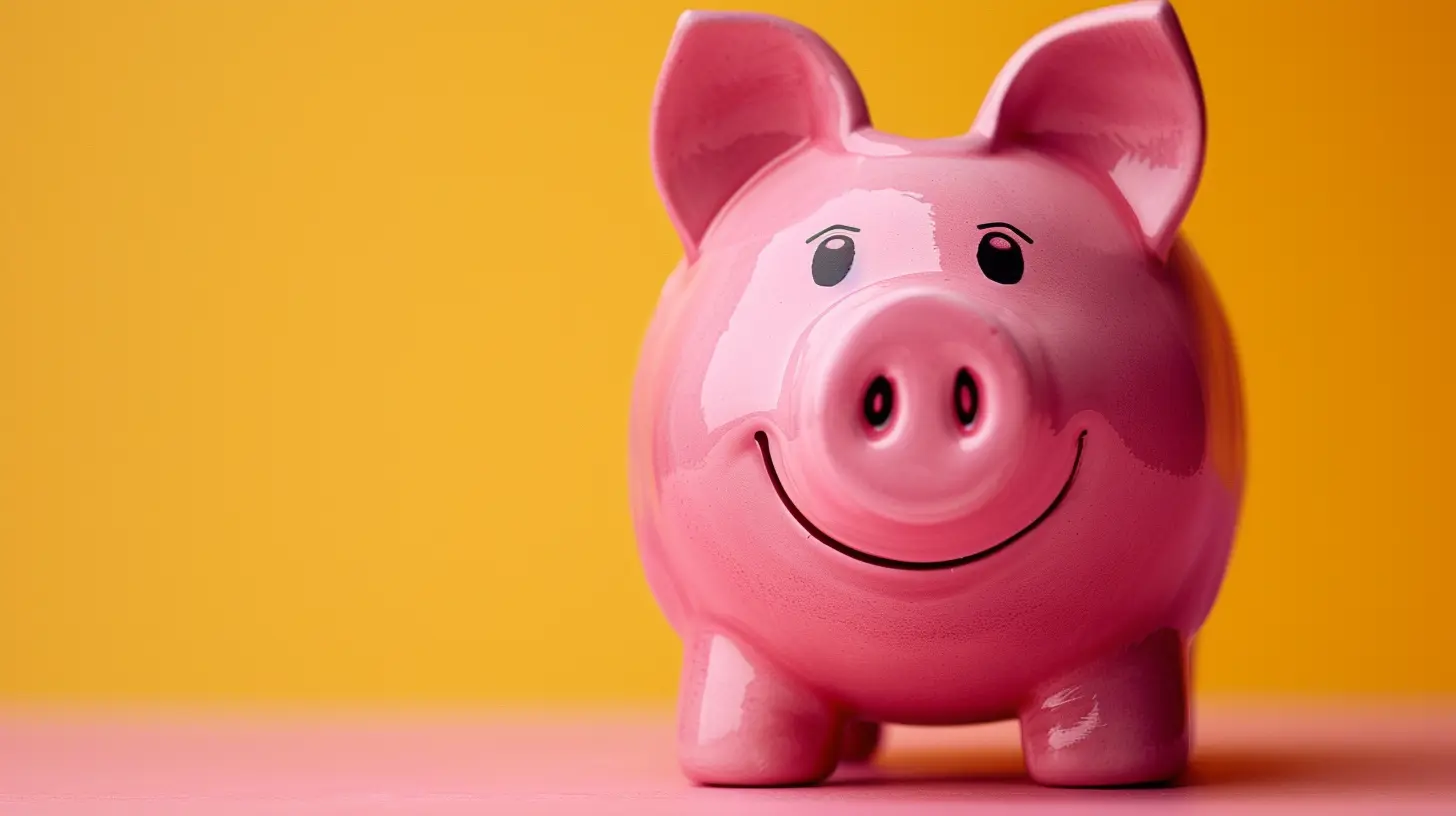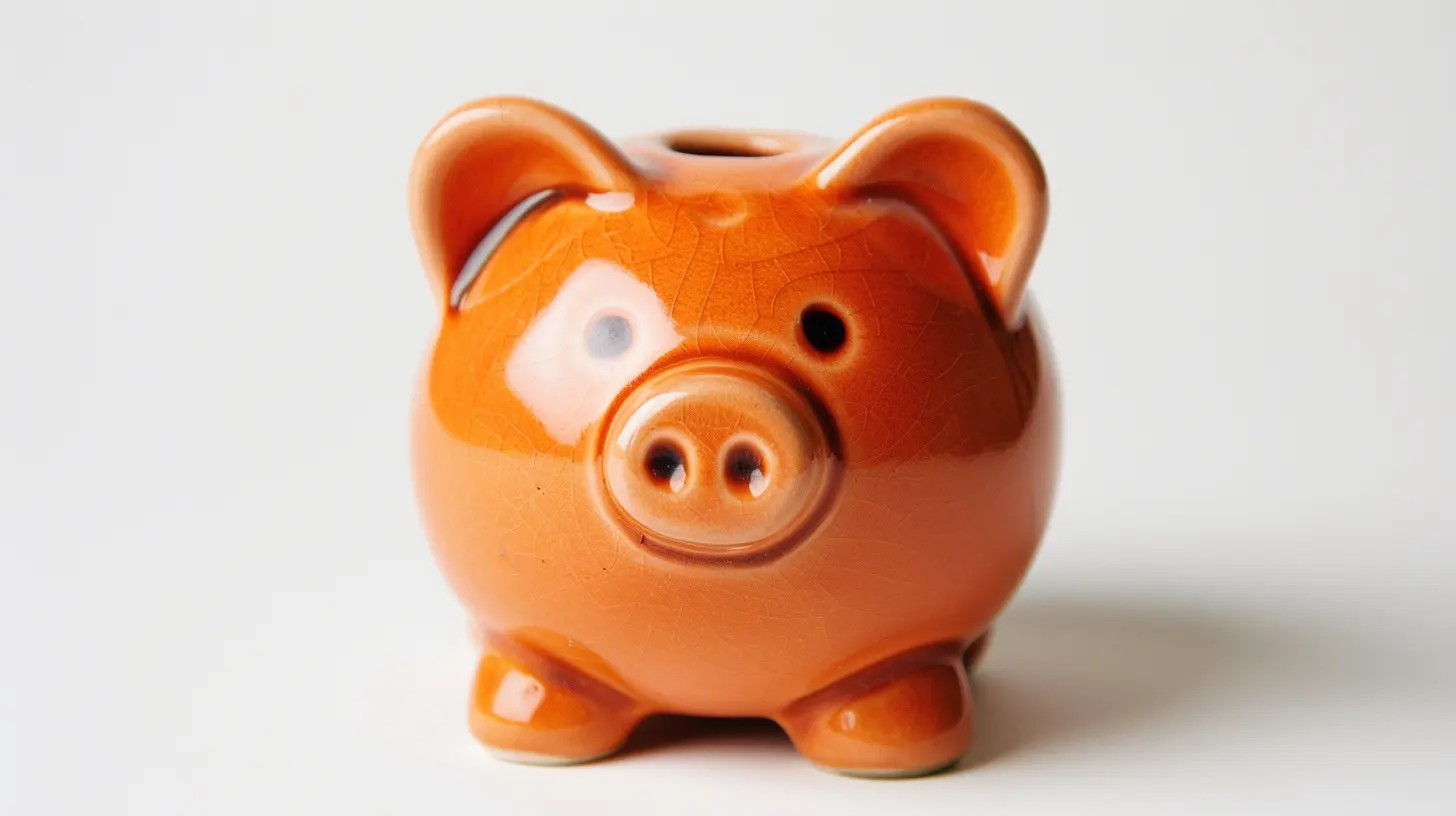How to Use High-Yield Accounts to Reach Your Savings Faster
22 November 2025
Saving money is tough. You’ve got bills, unexpected expenses, and the occasional splurge that throws you off track. But what if your money could grow faster on its own while sitting safely in a bank? That’s where high-yield accounts come in. They offer better interest rates than traditional savings accounts, helping you reach your savings goals quicker.
Let’s break down how you can use high-yield accounts to accelerate your savings and make the most of your hard-earned cash.

What is a High-Yield Savings Account?
A high-yield savings account (HYSA) is a type of savings account that offers significantly higher interest rates than a standard savings account. While traditional banks might offer a measly 0.01% APY (Annual Percentage Yield), high-yield savings accounts can give you anywhere from 3% to 5% APY—sometimes even more. That’s a huge difference over time!It’s like planting your savings in fertile soil instead of dry, cracked earth—your money doesn’t just sit there, it grows.
How Do High-Yield Accounts Work?
They function just like a regular savings account, but with a better interest rate. You deposit money, let it sit, and over time, you earn interest on both your initial deposit and any interest you’ve already gained (thanks to compound interest).The best part? These accounts are typically offered by online banks, which have lower overhead costs than brick-and-mortar banks. That means they can afford to pass the savings on to you in the form of higher interest rates.

Why Should You Use a High-Yield Savings Account?
If you’re trying to save for a big goal—whether it’s an emergency fund, a vacation, or a down payment on a house—every dollar counts. A high-yield savings account helps because:- Your money grows faster – A higher interest rate means more money without any extra work.
- It’s still liquid – Unlike investments, you can access your money whenever you need it.
- It’s safe – Most HYSAs are FDIC-insured (or NCUA-insured for credit unions), so your money is protected up to $250,000.
With a high-yield account, your money isn’t just sitting there—it’s working for you.

How to Use High-Yield Accounts to Reach Your Savings Faster
Now that you know why high-yield accounts are a game-changer, let’s talk strategy.1. Choose the Right High-Yield Savings Account
Not all high-yield savings accounts are created equal. When picking one, consider:- Interest Rate (APY): The higher, the better. But be sure to check if the rate is variable and can change over time.
- Fees: Avoid accounts with monthly maintenance fees. Those will eat into your savings.
- Withdrawal Limits: Some banks limit how many times you can withdraw in a month. Make sure it fits your needs.
- Minimum Balance Requirements: Some high-yield accounts require you to maintain a certain balance to earn the best interest rate.
A simple search for the best high-yield savings accounts will give you a list of options, but always read the fine print before making a decision.
2. Automate Your Savings
One of the smartest ways to build savings is to automate deposits into your high-yield account. Set up a direct deposit from your paycheck or an automatic transfer from your checking account.Why? Because when you don’t see the money in your checking account, you’re less tempted to spend it. Think of it as paying yourself first.
3. Use It for Short-Term & Medium-Term Goals
A high-yield savings account is ideal for goals you want to reach in the next few months or years, such as:- Emergency Fund: Keep 3–6 months’ worth of expenses in a secure, high-yield account.
- Travel Fund: Earn extra cash while saving for your dream vacation.
- Home Down Payment: A high-yield account keeps your savings safe while maximizing growth.
For long-term savings (like retirement), you’ll want to look at investments instead, since those offer higher potential returns over decades.
4. Keep Your Savings Separate
Ever dip into your savings for something “urgent” that wasn’t really urgent? Keeping your high-yield savings account separate from your regular bank makes it a little harder to touch.Most online banks don’t have physical branches, meaning transfers can take a few days. That delay can prevent impulse spending and help you stay disciplined.
5. Take Advantage of Compound Interest
The earlier you start, the more you benefit from compound interest. This is where interest earns interest over time.Let’s say you deposit $10,000 in a high-yield savings account with a 4% APY. After a year, you’ll have $10,400. But in year two, you’ll earn interest on $10,400—not just your original $10,000. Over time, this snowballs into significant growth.
6. Monitor Interest Rates
Unlike fixed-rate investments, high-yield savings account rates can change. Keep an eye on your bank’s rate, and if you see a better offer from a reputable institution, don’t be afraid to move your money.Online banks compete aggressively, so switching to a high-yield savings account with a better rate could mean extra free money.
7. Combine with Other High-Yield Accounts
Some financial institutions offer even better rates on products like:- Money Market Accounts (MMAs): Similar to a savings account but may offer check-writing privileges.
- Certificates of Deposit (CDs): Lock in a high interest rate for a set period (e.g., 6 months to 5 years).
Using a mix of these accounts can help optimize your savings strategy.

Potential Downsides to Consider
While high-yield savings accounts are fantastic, they’re not perfect. Here are a few things to keep in mind:- Interest rates fluctuate: The APY can change based on the economy and the Federal Reserve’s decisions.
- Inflation can outpace your earnings: If inflation is higher than your savings rate, your purchasing power decreases.
- Withdrawal limits: Some banks limit you to six withdrawals per month, so they shouldn’t replace a checking account.
Despite these downsides, the benefits usually outweigh the cons—especially if you’re using the account correctly.
Final Thoughts
A high-yield savings account is one of the easiest ways to make your money work harder without any risk. It’s a safe, accessible, and effective tool to accelerate your savings goals.By choosing the right account, automating deposits, keeping savings separate, and taking advantage of compound interest, you can save more efficiently and reach your financial dreams faster.
So, if you’re still parking your hard-earned cash in a low-interest savings account, it’s time for an upgrade. Let your money grow while you sleep!
all images in this post were generated using AI tools
Category:
Savings GoalsAuthor:

Angelica Montgomery

